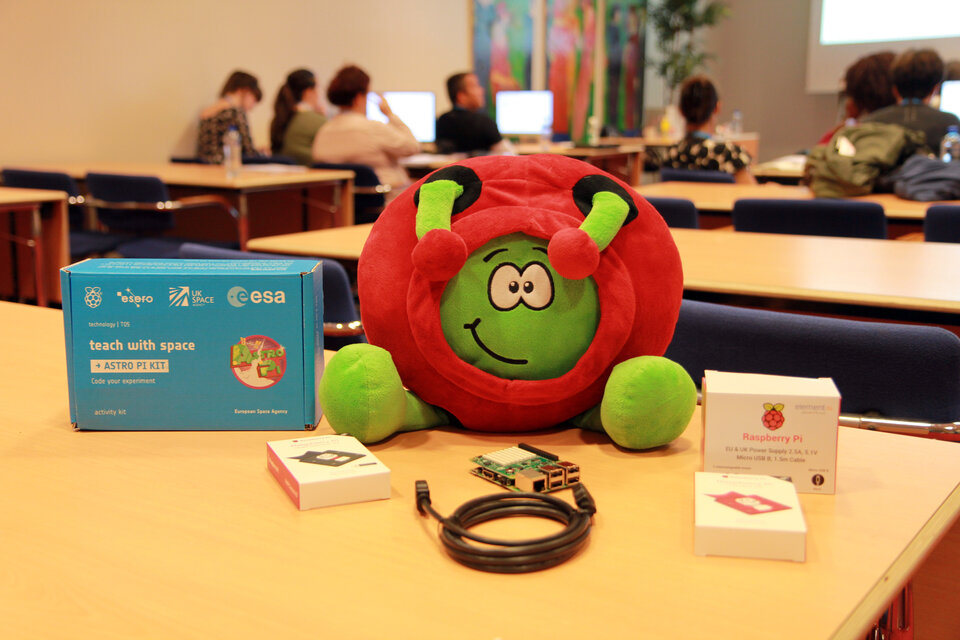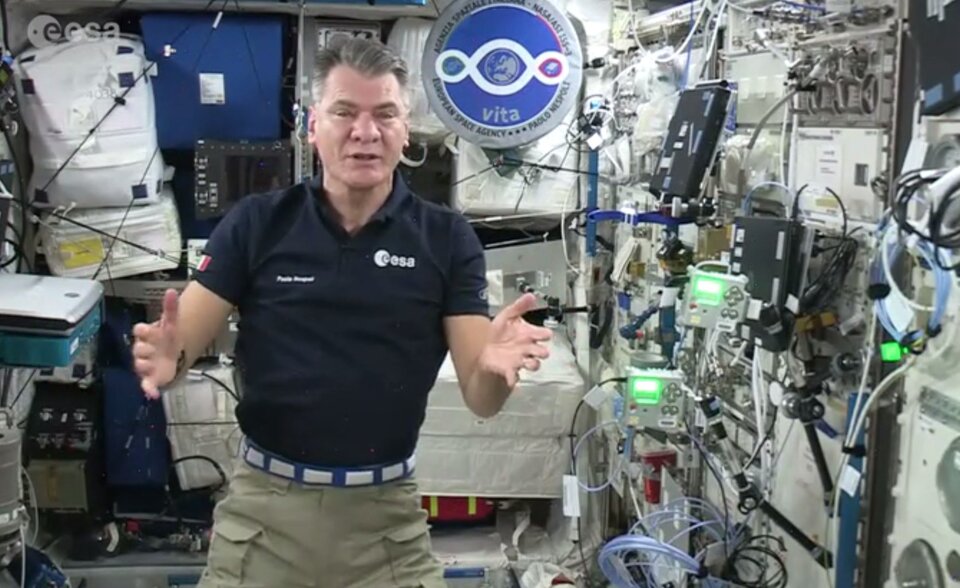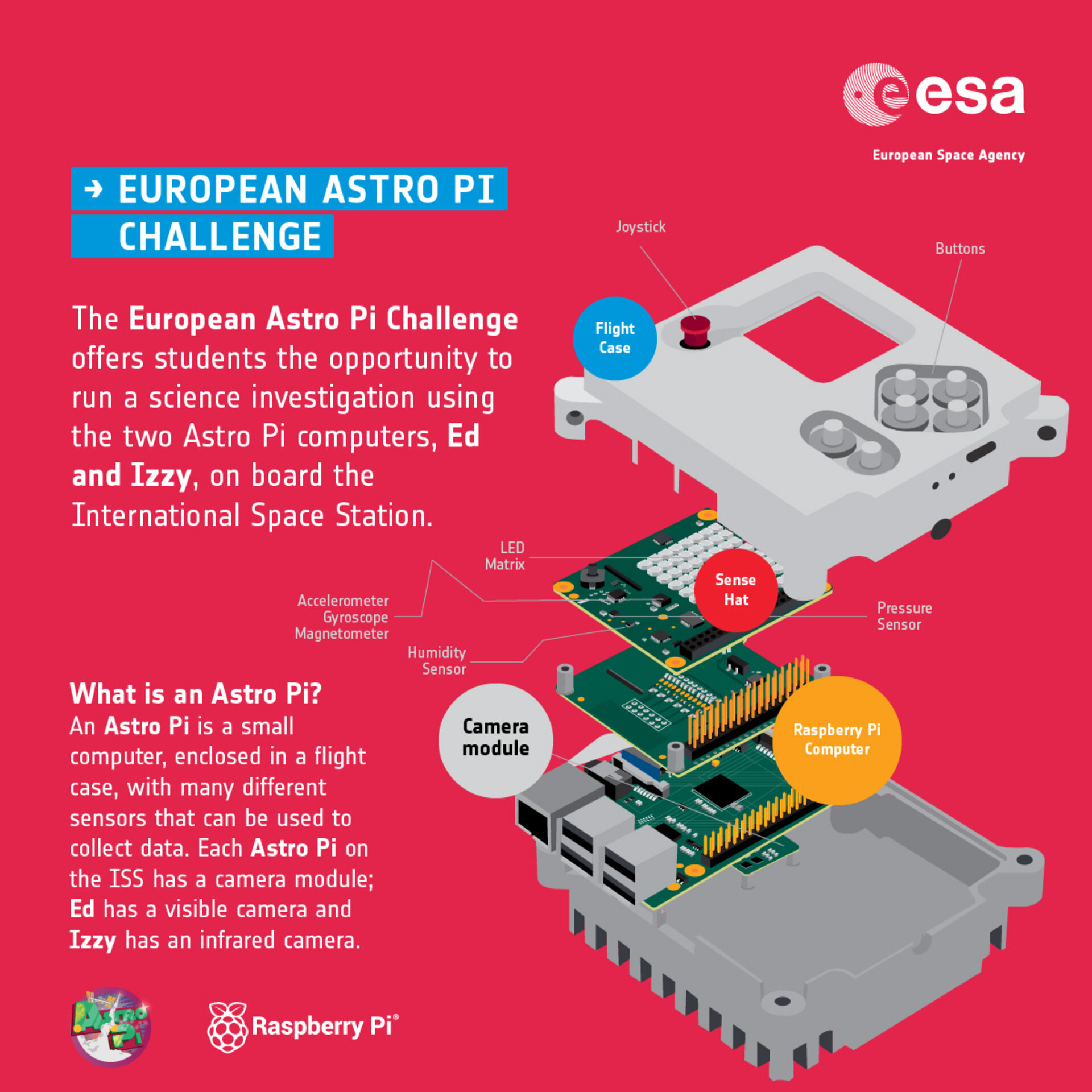European Astro Pi Challenge Mission Space Lab: Get ready for phase 2!
ESA and its partners are delighted to announce the beginning of Phase 2 of the European Astro Pi Mission Space Lab Challenge. Having successfully proposed their scientific investigation, the teams which have just passed the selection phase will now have to write the code that will be sent to the International Space Station (ISS)!
The creativity and range of proposals from participating teams has been very impressive, and ESA is looking forward to the exciting science that the students will perform on the ISS with the help of the Astro Pi’s. This year ESA Astronaut Paolo Nespoli asked the students to investigate life on Earth or life in space using an array of sensors and, for the first time, visible and infrared cameras.
The selected teams are being informed separately via email, and the Astro Pi kits are now making their way to schools in a record-high 21 ESA Member and Associate States. The teams will now have the opportunity to familiarise themselves with the Astro Pi and its sensors.
Astro Pi kit
The teams selected to participate in Phase 2 of the challenge will soon receive an ESA-branded Astro Pi kit directly at their school. The kit contains the equipment necessary to test their codes, except for the monitor, USB keyboard, and mouse, which the teams will have to provide themselves.
Inside the Astro Pi kit you will find:
- a poster with the code rules;
- a Raspberry Pi computer similar to those present on the ISS;
- a Sense HAT and two cameras – one visible and one near-infrared camera;
- all the components you need to assemble your flight case (you will need access to a 3D printer). Assembling the flight case is optional.
Getting started

To help teams begin their investigation, ESA and its partners have created a range of videos and supporting resources. To watch the videos, click here. You can explore the Astro Pi kit, learn how to assemble it and how to build a flight case if you wish to do so.
The teams (students and teachers) can find more supporting resources (in English) here.
The selected teams will also shortly receive an invitation to follow a webinar where they will be shown how to use the Astro Pi, its sensors, and the cameras.
In the meantime, teams should read the guidelines of the mission to be sure that their code and investigation is feasible.
How to submit your entries
The teams’ entries will have to be submitted online in electronic form between 7 January and 7 February 2018.
The entries must include a full description of the mission, including a description of the mission objectives, of the procedure and methodology to be followed, and of the expected results, as well as the computer code written to execute the mission. Entries must be submitted in English (including any comments you may like to add within your Python code) and comply with competition guidelines and code rules.
Evaluation criteria
The teams’ entries will be evaluated based on their:
- Scientific value,
- Creativity and originality,
- Feasibility of the mission within the ISS environment,
- Code readability and quality,
- Overall rigour, clarity, and comprehensiveness.
Paolo Nespoli and ESA, the ESEROs and the Raspberry Pi Foundation wish you the best of luck for the next three months of work!
Questions?

Any questions regarding the European Astro Pi Challenge should be sent to astropi @ esa.int. For technical questions please check the FAQ section on the Astro Pi website or join the Astro Pi forums. If you can’t find the answer you’re looking for, please send an email to enquiries@astro-pi.org.







